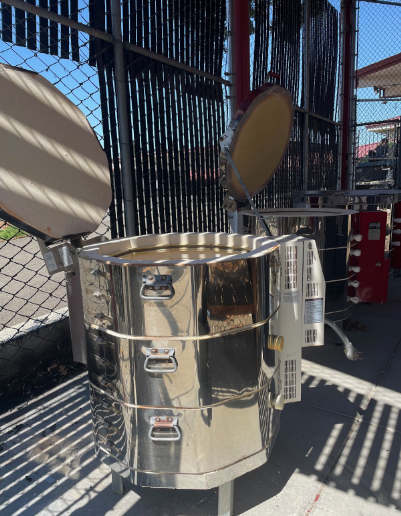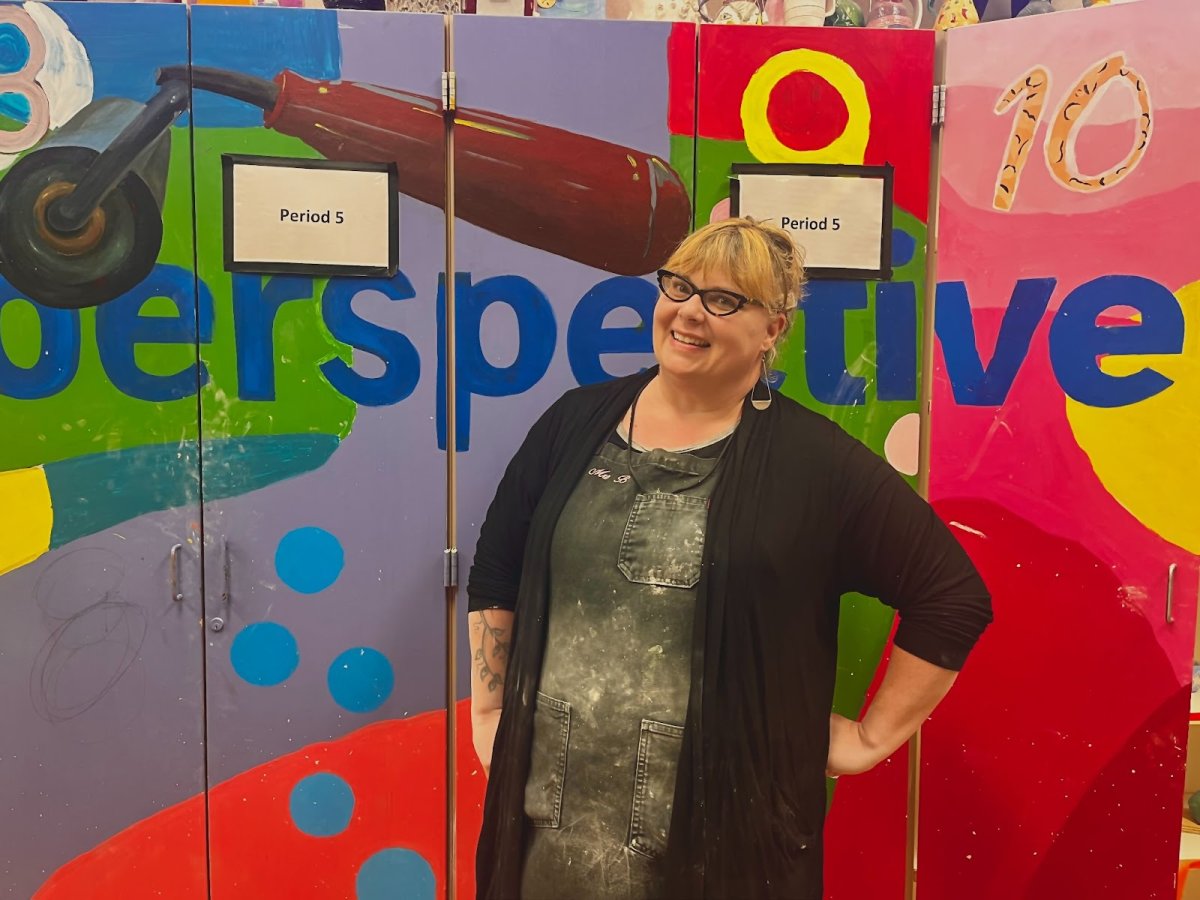The study of ceramics dates back to the Paleolithic Era, when pieces were crafted to fulfill various purposes. Whether one creates utensils or a vase to fill flowers with, ceramics is a prominent aspect of a modern home. For the 2024 to 2025 school year, the Monte Vista community has welcomed a new course, so now you too can experience the art of ceramics.
During a student’s four years at Monte Vista, they are required to enroll in an art course to fulfill their Visual and Performing Arts graduation requirement. Thus, the Monte Vista Arts Department has offered various courses over the years, including Art 1, Dance, Choir, and 3D Art.
The new ceramics course is taught by art history major Sarah Houchin. In her interview Houchin expressed that she has an extensive background in the art community.
“I got really interested in teaching gardening so I decided to go back for a masters in education,” Houchin said. “From that point on I switched gears from teaching environmental science and gardening to teaching art, and I have been teaching in the East Bay since 2013.”
Ceramics follows a project-based curriculum that emphasizes creative thinking and the process that follows. When a student is inspired to create a new piece, they begin to brainstorm, draw, and sketch drafts to be finalized for peer review. Then, each physical ceramic piece goes through crafting, drying, firing, glazing, and firing a final time before they are completed. Houchin says that there are numerous opportunities for feedback throughout the initial design process, as well as the creation stages.
“One of the things that we talk a lot about are the transferable skills,” Houchin said. “We focus on the studio habits of mind which are things like observing, reflecting, engaging, and persisting. If you have a challenge in your life, how do you persevere through that challenge?”
The majority of the pieces in this class are handcrafted, due to Monte Vista only owning two pottery wheels. Despite these being fully functional, it makes for a timely process due to all students having to take individual turns.
“The class itself is student donation based,” Houchin said. “[For] big-ticket items like kilns there is a proposition passed in the state of California that provides funding for art materials. [The San Ramon Valley Unified School District] requires a proposal process as it is money that is shared across the district. You have to propose those bigger items and have that approved by all kinds of stakeholders in the community to make sure that is how they want to spend the money.”
Despite this limitation, Houchin plans to fundraise for additional pottery wheels and contribute toward the growth of the ceramics program. She is enthusiastic to join the Mustang community and encourages all students to enroll in the ceramics program.









